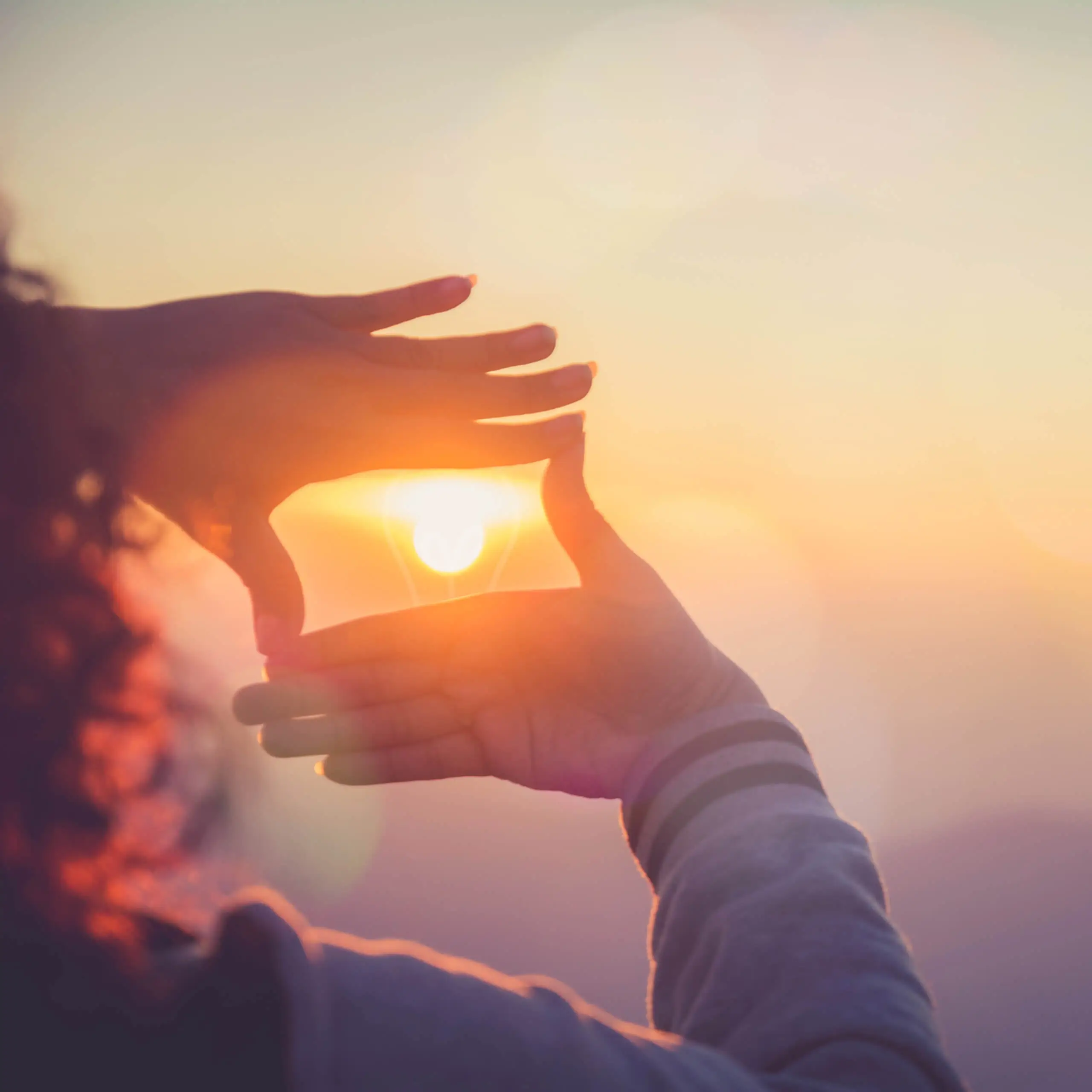The opioid crisis has taken countless lives, with overdose deaths escalating. In response to this public health emergency, the Food and Drug Administration (FDA) has approved the over-the-counter (OTC) use of Narcan, a brand name for the opioid antagonist naloxone. This life-saving drug can reverse opioid overdoses and is critical in opioid addiction treatment and relapse prevention. In this blog post, we will explore the implications of the FDA’s decision and examine how Narcan can foster positive recovery and reduce the risk of relapse.
A Comprehensive Look at Narcan and Its Significance in Preventing Opioid Overdoses
Narcan: A Life-saving Medication

Narcan is the brand name for naloxone, a medication designed to reverse opioid overdose effects rapidly. It functions by attaching to the same receptors in the brain that opioids do, effectively blocking the opioids and reversing their impact. This can help restore normal breathing in individuals who have overdosed on opioids such as heroin, morphine, or prescription painkillers. Ask Avedis Detox what is the best way to detox from heroin and avoid the risk of overdose.
Narcan Administration Methods
Narcan can be administered as an intramuscular injection or as a nasal spray. The nasal spray is the most widely used form since it is simple and does not require specialized medical training. The intramuscular injection necessitates a healthcare professional or someone trained in administering injections.
The Significance of Wider Narcan Access
By approving the FMATOTC use of Narcan, the FDA has made this life-saving medication more accessible to the general public. This decision is expected to lead to a considerable reduction in overdose deaths, as bystanders and loved ones will be able to administer Narcan immediately upon recognizing the signs of an overdose.
Addressing the Stigma of Drug Addiction
Some people may be reluctant to use Narcan due to misconceptions about its safety and effectiveness. Some may fear the stigma associated with addiction. Education and awareness campaigns can help to address these concerns. Please encourage more people to carry and use Narcan in emergencies.
Narcan’s Role in Addiction Treatment and the Recovery Process

Narcan as a Tool for Harm Reduction
Although Narcan is instrumental in preventing overdose deaths, it is not a cure for opioid addiction. It is crucial to regard Narcan as the first step in a comprehensive addiction treatment plan that includes medication-assisted treatment (MAT), behavioral therapy, and support services.
Narcan’s Influence on Relapse Prevention
Narcan can be a critical component of relapse prevention, as it provides a safety net for individuals who may experience an overdose during their recovery journey. By saving lives in emergencies, Narcan can give individuals another opportunity to recover and motivate them to seek further treatment.
Promoting Treatment Adherence
When used with MAT, Narcan can help individuals maintain their commitment to recovery by reducing the risk of overdose. This sense of security can encourage patients to remain engaged in their treatment and continue working towards long-term sobriety.
Supporting Loved Ones in Recovery
Family members and friends play a vital role in the recovery process. By learning how to use Narcan and keeping it on hand, loved ones can be prepared to intervene in case of an overdose and provide essential support to those in recovery. Find family therapy for addiction treatment in Los Angeles, California.
Legal and Policy Ramifications of OTC Narcan
State-Level Naloxone Access Laws
Prior to the FDA’s approval of OTC Narcan, numerous states had already enacted laws to enhance naloxone accessibility. Such laws generally permitted pharmacists to prescribe naloxone without needing a patient-specific prescription or authorized standing orders, which allowed individuals to obtain naloxone without a direct prescription from a healthcare provider. Following the FDA’s decision, OTC access to Narcan will be standardized across the country, further improving its availability.
Impact on Healthcare Providers and First Responders
The increased availability of OTC Narcan is expected to alleviate some pressure on healthcare providers and first responders, who frequently deal with the immediate aftermath of opioid overdoses. This decision equips more individuals with the means to act in overdose situations, potentially saving lives and enabling healthcare professionals to concentrate on delivering long-term addiction treatment.
Addressing How Much Narcan Costs
Although the FDA’s approval of OTC Narcan represents a major stride in improving access, the expense of the medication may remain an obstacle for some people. Policymakers, healthcare providers, and insurance companies must collaborate to make Narcanaffordable and accessible to all who require it, irrespective of their financial circumstances.
Ongoing Monitoring and Data Collection
Monitoring and gathering data is essential for evaluating the effects of OTC Narcan on overdose fatalities and addiction treatment results. This information will prove invaluable in guiding the development of future policies and strategies aimed at tackling the opioid crisis and fostering recovery.
Public Education on Narcan and Opioid Overdose Prevention
Raising Awareness About Opioid Overdose Risks
Public education initiatives should focus on heightening awareness regarding the dangers of opioid overdose, recognizing the signs of an overdose, and emphasizing the significance of having Narcan on hand. By expanding public understanding, we can motivate more individuals to be ready to step in during an overdose scenario and potentially save lives.
Training Programs for Narcan Use
Although Narcan is simple to administer, training programs that instruct people to identify the signs of an overdose, use Narcan, and carry out subsequent care are necessary. Such programs ought to be extensively available and accessible to the general public.
Integrating Education of Narcan in Addiction Treatment Programs
Incorporating Narcan education into addiction treatment programs reinforces a holistic approach to care. Programs must inform patients and their families about Narcan and its application. Treatment centers can equip individuals and their support systems with the knowledge and tools to be more prepared for possible overdose incidents.
Collaborating with Community Partners
For the greatest impact of educational and awareness initiatives, it is vital to work alongside community partners such as schools, workplaces, faith-based organizations, and local government agencies. These collaborations can aid in more effectively disseminating the message about Narcan’s importance and preventing opioid overdoses.
Opioid Addiction Treatment in California
With the FDA’s approval of OTC Narcan, everyone must take action to support addiction treatment and relapse prevention. Firstly, educate yourself on the signs of an opioid overdose and learn to administer Narcan. By doing so, you could potentially save a life and offer someone another opportunity to recover.
Secondly, consider advocating for policies and initiatives that enhance Narcan’s accessibility, affordability, and education. This may include contacting local representatives, participating in community meetings, or volunteering with organizations dedicated to addiction treatment and prevention.
Lastly, be a compassionate and empathetic ally to those in recovery. Encourage friends or family members struggling with addiction to seek help and reassure them that recovery is achievable. Together, we can make a difference in combating the opioid crisis and contribute to a healthier, safer future for all.









